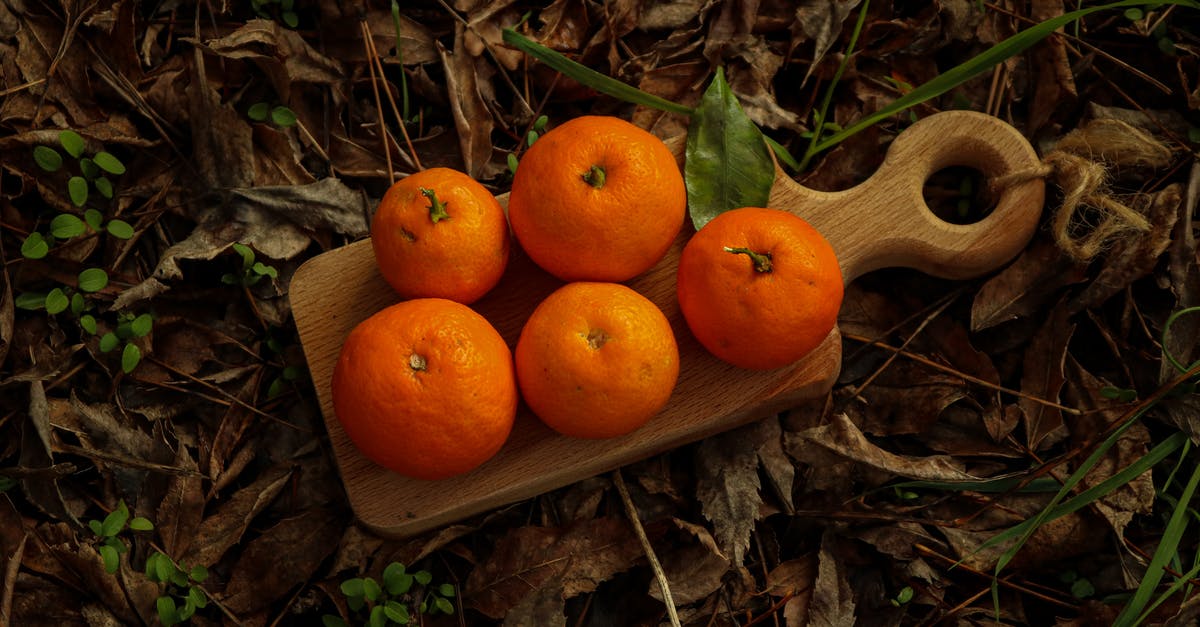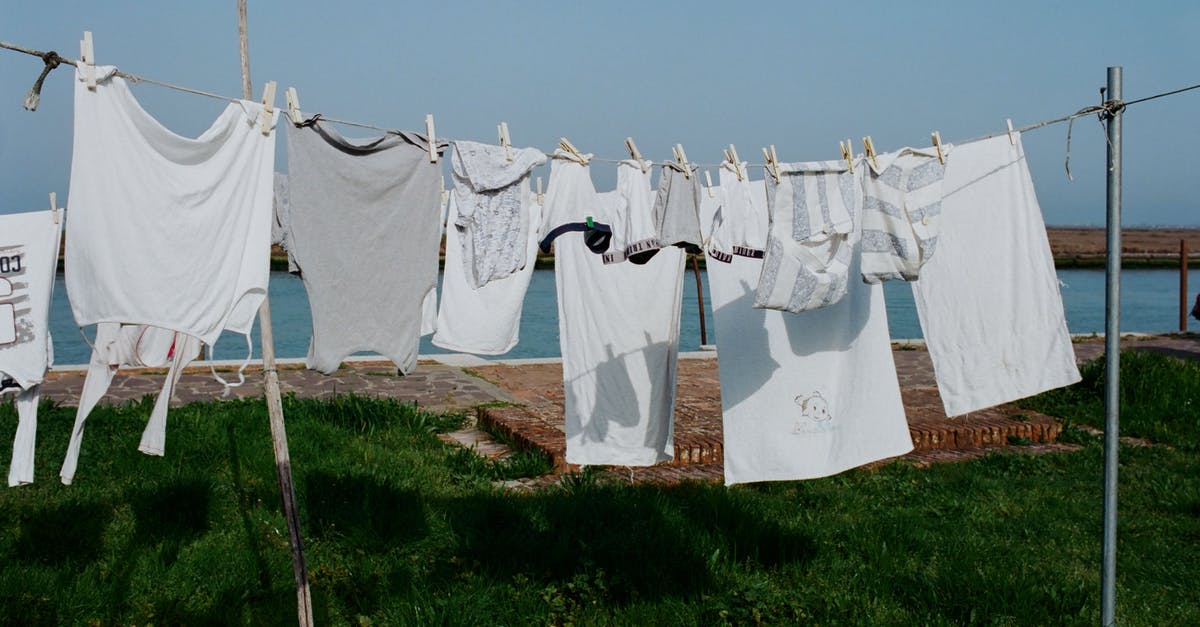Drying fruits with a household dehydrator

I have a "small" household dehydrator, it is similar to this one:
https://en.wikipedia.org/wiki/Food_dehydrator#/media/File:Tomato_in_food_dehydrator.jpg
Now, I've tried to dry fruits (mainly bananas, cut into thin slices) with it several times. Usually I let it run for 6 to 8 hours at 70 °C (the machine has a power of ~ 250 W). This is the drying time indicated in its manual. But the end result is always still somehow soft and not comparable to the dried banana I buy (which I assume is dried in an industrial-sized dehydrator). One difference for example is that my dried slices stick together when put into a container.
Is it possible to try fruits with a household-sized machine much more? Should I just let it run for 12 hours or even a day? What else could I do to favour evaporation? What do industrial dehydrators do differently?
Best Answer
It is possible to dry fruit with a household machine.
How long it takes will depend on the relative humidity. When I lived in Texas, drying would take 24 hours- sometimes more. Now that I'm in a high altitude desert drying is sometimes done in less than 6 hours.
At very high humidity fruit may get moldy or just too oxidized before it is able to dry. A unit with a heater will help a lot with this. After the fruit is dried, keep it in an air tight container to keep it from absorbing water from the air and molding.
If you find your unit just isn't able to move enough air you can try Alton Brown's method and bungee cord an AC filter to a box fan and put it in your window. That will move a lot of air and dry things relatively quickly.
Keep in mind that home dried fruit can be dissimilar to purchased dried fruit. For example, apricots are treated with sulphur to preserve their orange color but it affects the flavor. Home dried apricots are darker and not as soft but have better flavor.
It's also possible that your bananas are too ripe.
Bananas are dried when they are only barely ripe- or slightly under ripe. Ripe bananas have so much sugar that they stay chewy and sticky for a long time. On the plus side they have a lot more flavor than commercial banana chips.
Recipes for banana chips will sometimes call for just ripe bananas and toss them in acid to keep them from browning.
If your bananas are still sticky they are definitely not done and will mold if you store them very long. Try giving it a good 24 hours. If that still isn't enough then either your machine isn't moving enough air or the air is too humid.
Pictures about "Drying fruits with a household dehydrator"



Quick Answer about "Drying fruits with a household dehydrator"
- Wash and dry fruit. ...
- Peel the fruit (if the peel isn't edible) ...
- Slice fruit in 1/4" to 1/2" pieces. ...
- Spray fruit with lemon juice. ...
- Spread fruit slices in one layer on dehydrator racks. ...
- Follow your dehydrator manufacturer's recommendations for time and temperature.
How long does it take to dehydrate fruit in a dehydrator?
For fruits like apples, bananas, peaches, and nectarines, drying times will range from 6 to 16 hours. Apricots, grapes, figs, and pears can take anywhere between 20 to 36 hours. Check every 2 to 3 hours within those ranges, rotating trays if necessary.How do you dry fruit in a dehydrator?
How to dehydrate fruitDo you put anything on fruit before dehydrating?
Pretreat fruit pieces by dipping in an ascorbic acid, citric acid, lemon juice or sodium metabisulfite solution. When dry, allow fruit to condition for four to 10 days before packaging for storage.Dry It, You'll Like It: Basics of Dehydrating
More answers regarding drying fruits with a household dehydrator
Answer 2
It would have to be very thinly sliced to dry in 4-6 hours, in my experience. I am often in the position of trying to maximize how much fruit I can get in the dehydrator and therefore use thick slices. They may take 2 days to dry fully.
From everything I have read 70C is a bit too hot for best results with fruit. Penn State suggests 145F (63C) for an hour while the surface is still wet, then turning down to 140-135F (60 or 57C) for the remainder of drying time. That's for apples and pears, I don't know if they have a banana suggestion (not one I can find) - being a non-local fruit I have little reason to dry bananas. Mind you, they also suggest 6-12 hours for 1/8" to 1/2" slices (3-12mm) and I'd be very surprised to find a 1/2" (12mm) slice dry in 12 hours in any normal dehydrator unless it was located in the desert (very low humidity around the machine.)
I dry for serious storage - I just finished the last of my 2015 dried apples a few weeks ago, so I have a low tolerance for residual moisture.
Several random (and evidently plagiarized from each other) articles on the web suggest 130-135F (55-57C)for drying bananas, and extending time until you are happy with them (chewy or crispy.) Since they seem to be infected with ads and not authoritative I won't link to them.
I suppose I should mention mechanisms - two difficult things can happen with temperature too high - one is "case hardening" where you dry the outer surface to the point that it becomes vary difficult to dry the interior as the outside becomes more impermeable, and the other (which may have something to do with becoming impermeable) is actually cooking the fruit and starting to alter the sugars into other forms. That will also have effects we deem off-topic on vitamins.
Sources: Stack Exchange - This article follows the attribution requirements of Stack Exchange and is licensed under CC BY-SA 3.0.
Images: Feyza Daştan, furkanfdemir, Olga Lioncat, Eric Christian Capilador
